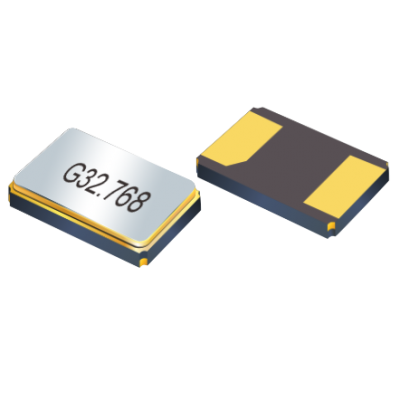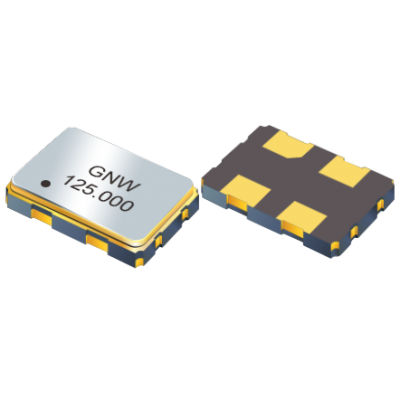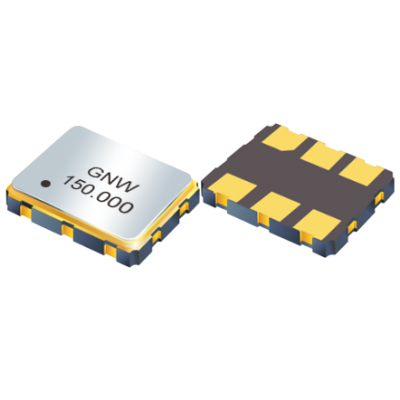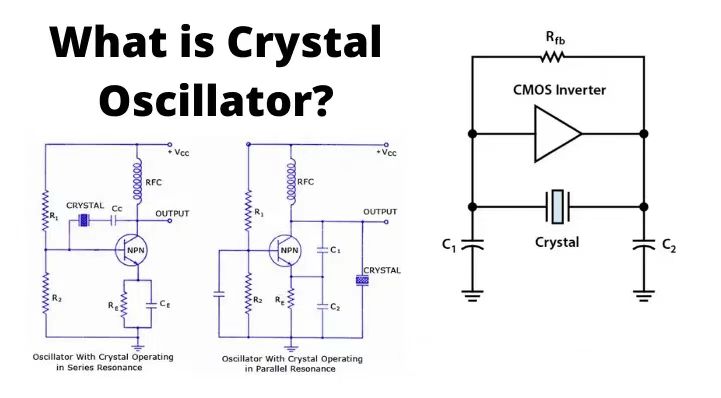
Some Definitions of a crystal oscillator 一些晶体振荡器的电气参数定义及解释
What is a crystal oscillator? 什么是晶体振荡器?
A crystal oscillator outputs a precise fixed-frequency clock signal at a specified nominal value, used for data and processor timing.
晶体振荡器以指定的标称值输出精确且固定的频率时钟信号,主要用于数字电路的数据处理和处理器定时。
What is PPM? 什么是PPM?
Part per million is used to measure the deviation of the output signal (±20ppm =±0.002%).
百万分之一用于测量输出信号的偏差(±20ppm=±0.002%)。
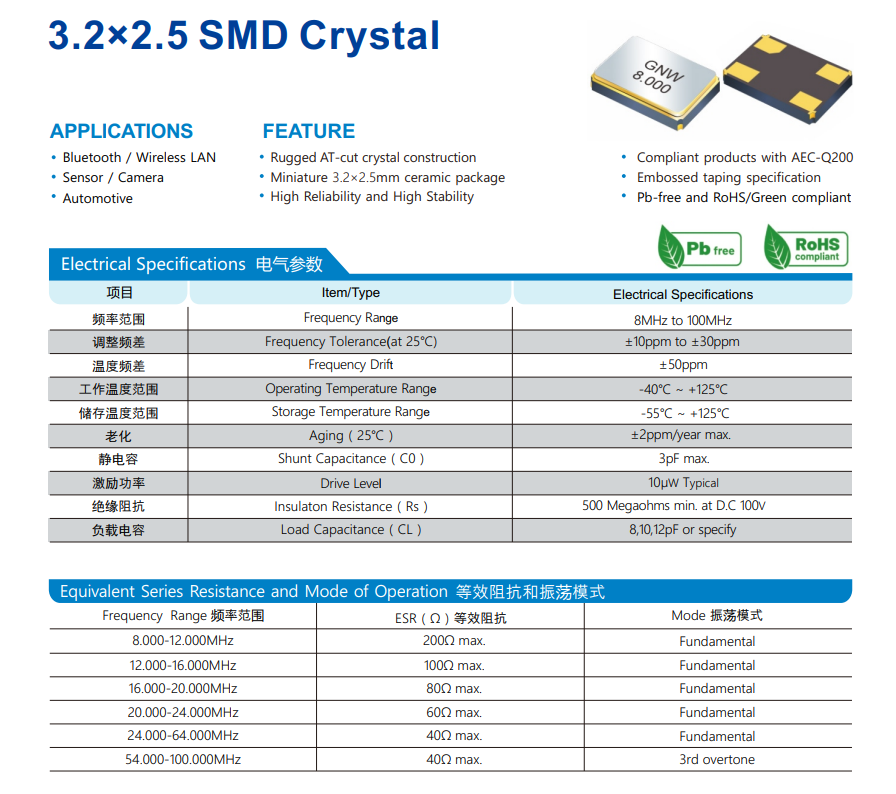
What is Stability? 什么是稳定性?
Parameter used to define the maximum deviation of the actual frequency from the specified nominal frequency over changes in operating conditions. Oscillator stability is usually rated as inclusive of temperature, load, initial calibration, supply, and aging effects.
用于定义实际频率与额定频率在工作条件变化时的最大偏差的参数。振荡器的稳定性通常包括温度、负载、初始校准、电源和老化的影响。
What is Jitter? 什么是抖动?
Measurement of the deviation of a clock period from its ideal position as calculated with respect to the average operating frequency under a fixed set of operating conditions.
在固定工作条件下,根据平均工作频率计算出的时钟周期与其理想位置之间的偏差。
Spread Spectrum Technology展频技术
The Spread Spectrum Technology is used in digital electronic systems to reduce the Electro-Magnetic Interference (EMI). The device uses proprietary PLL and Spread-Spectrum Clock Generator technology to synthesize from and modulate the frequency of the input crystal. Measured radiated energy at the fundamental and harmonic frequencies are reduced to comply with Electro Magnetic Compliance (EMC) requirement.
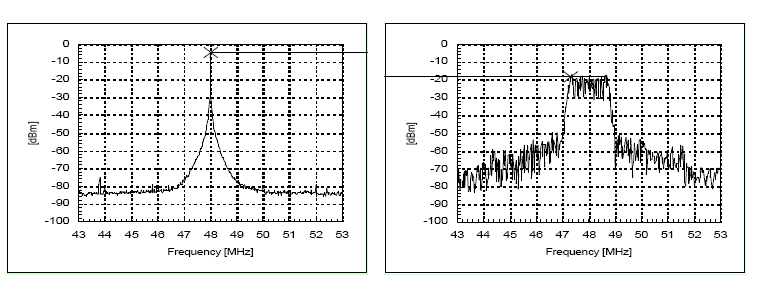
展频技术(Spread Spectrum)用于数字电子系统中,以降低电磁干扰(EMI)。展频晶振采用专有PLL锁相和展频技术来合成和调制晶体输出频率。有效降低晶振基波和谐波辐射干扰程度,使产品达到符合电磁兼容性(EMC)要求之目的。



